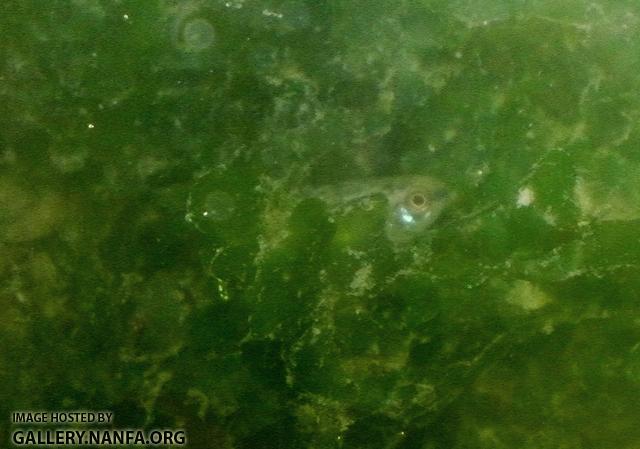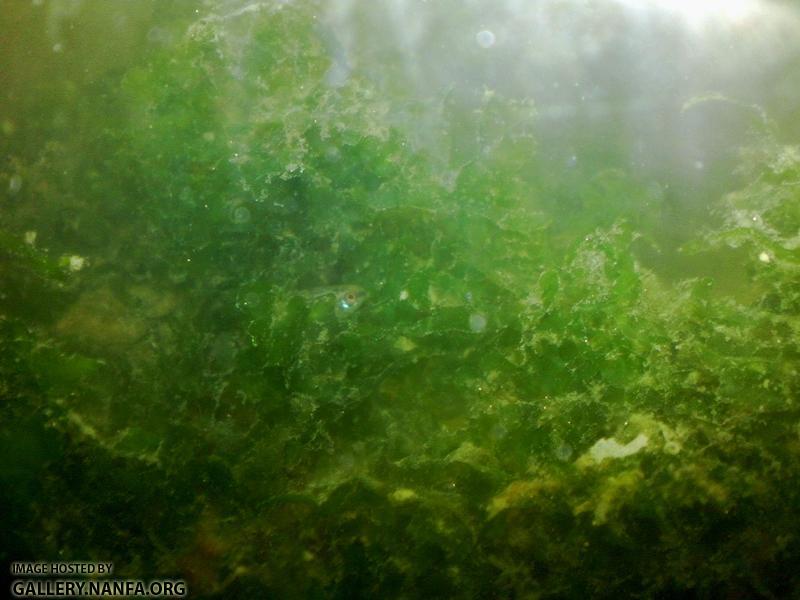Edit:
Woah, I see the problem now. This filter is pushing water right directly at the substrate. I think I can fix it by changing the way it's hanging on the tank. Then it will kick up less dust and the water won't get cloudy, hopefully.
Mkay, so, that.... didn't work. I have no idea what's wrong with this tank. (I suspect the pound of worms are stirring up dust as they burrow) This has never happened in any of my non-wormed tanks before; usually the dust stays on the ground and the tank completely clears in a day or two. *shrugs* Oh well. It's not hard to do an 80% water change every day or every other day until it stops. There is a finite amount of dust; I'll just remove it all.
yay for readily water changed tanks.
For everyone reading this and trying to set up a kitty litter tank in the future, I imagine if you had this one week post setup dust problem, all you'd have to do to make the dust stop same day is to pour down an inch or two of sand to 'cap' the clay. I'm just doing it differently because I don't want to go out and buy sand and also because I'm spoiled with easy water changes. All it takes for me to do a water change is connect a line, turn a tap to start the water flowing and start suction, then turn the tap off and wait as the tank drains itself down the sink over the course of about 2-3 hours. I usually just walk away and come back. It won't drain below the level of where the siphon is and the fish don't really even notice. Then to refill I simply close the valve and turn the faucet tap on, and it refills in about 5-10 minutes. The water in this particular regional kitty litter's tank happens to match the tap water coming out of the faucet, so it doesn't matter how much water I change because it's the same pH, DH, and I match the temperature. (For my Tanganyika tank I only change 50% at a time max to avoid shocking the fish. My tap water is 0 DH and they have crushed coral sand substrate.)
If I owned my own home, all my tanks would be on this setup:
http://www.aquaticpl...nge-system.html but since I rent I just use a sink faucet siphon connection. They're wonderful.
The fish are still doing great. They're fat and healthy. No dancing yet. I'm probably teaching them to hate me with all the water changes but eh, they'll get over it. Or their children will. They seem to be congregating in the back of the tank under the ludwigia repens, preferring that at the moment over the hygrophila difformis or the two myriophyllums. That's probably because the tank is a little sparse right now because it's new and the only available shadows, really, are under the ludwigia. These are not open-space fish. They like cover.
The black worms are persisting. They have spread out and are present in all corners of the tank. I don't see any leeches but I can't rule out the possibility that they are still there, burrowed underground. Maybe all the worm and leech burrowing is contributing to all the dust. This is the largest number of burrowing worms I've ever dumped in a tank before, so maybe that's why.
My grindal worms have finally become fully uninfected again after this summer's fruit fly attack. (they were laying eggs in the worm cultures. Ew. I taped coffee filters over the air holes and the cultures are finally now all maggot free. Yay. Not that the fish cared; they ate the maggots, too).
Pictures will come soon once the water is permanently clear.












